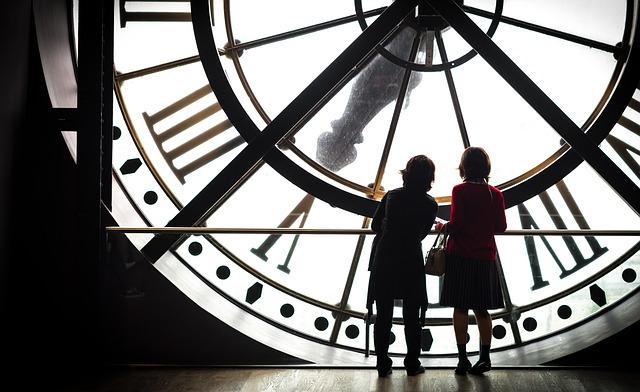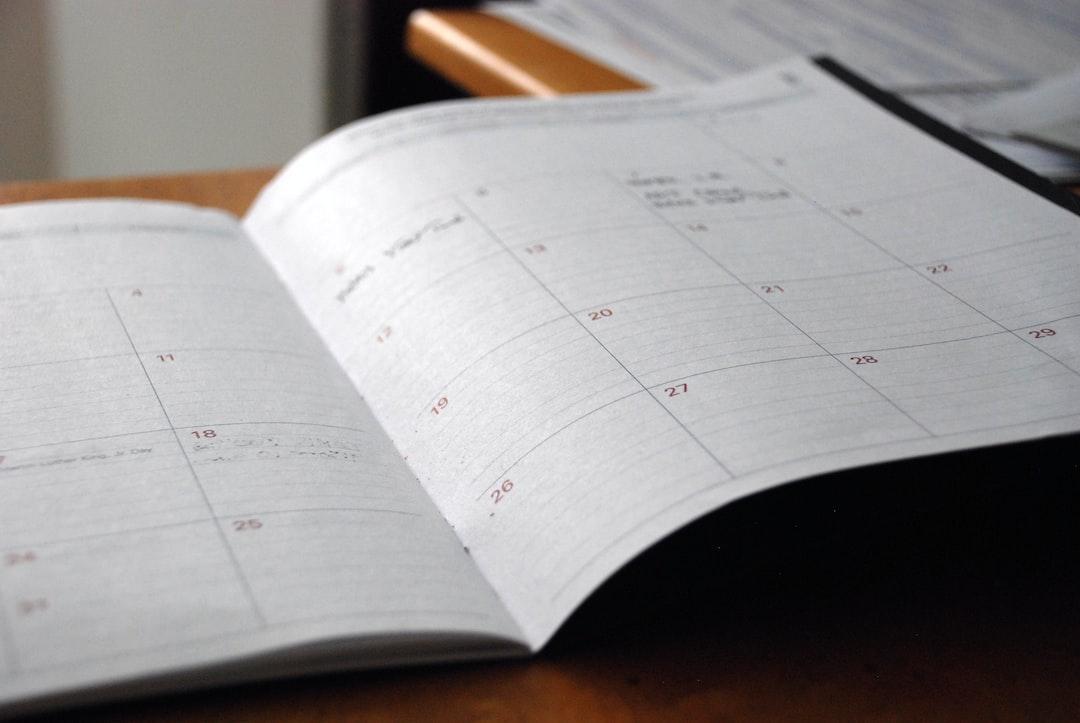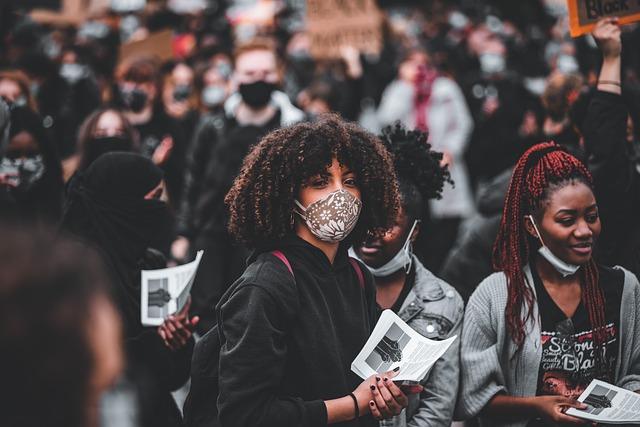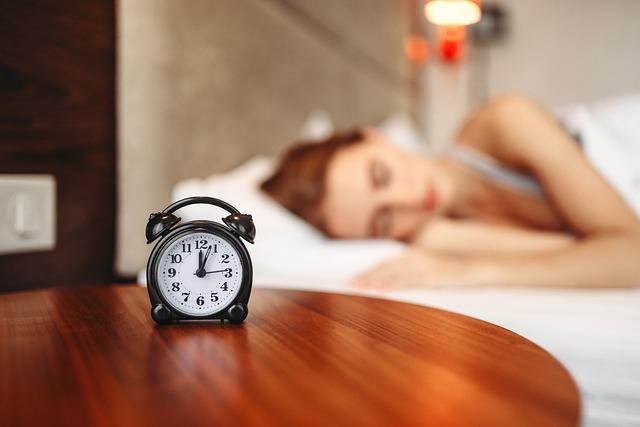Explore the World's Best Ideas
Join today and uncover 100+ curated journeys from 50+ topics. Unlock access to our mobile app with extensive features.
Create A Timeline
Tools you can use:
- Paper
- Digital file (e.g. Excel)
- Software/app (e.g. Aeon Timeline)
10
100 reads
Stating Time Directly
- Use the date and time as chapter headings or subheadings, e.g. 2 August – Two days before the eruption; Conticinium [04:21 hours] (Pompeii, Robert Harris)
- A character can glance at a clock or watch. This action builds tension when the character is working against a deadline. This technique works in detective and thriller stories when the protagonist feels the pressure of the clock ticking.
11
65 reads
Using Events As Time Markers
- Use references to story events, both past and future, e.g. The train leaves in xx hours/days
- Mention that an upcoming event will happen in xx weeks
10
63 reads
Transitioning To The Next Scene
- Use transitions as time markers.
- Short transitions: 28 hours after Mike received the telegram / the next morning / that night
- Longer transitions: The following month/year
10
57 reads
Using Seasons As Time Markers
- Incorporate seasonal details: rain, snow, heat, blooming trees, falling leaves, etc.
- Use seasonal events such as sports and festivals. For example: Andy switched from track to cross-country skiing as the days shortened / the upcoming new year
10
50 reads
Using Natural Daily Activities
- Eating breakfast, lunch, or dinner
- Heading to school or work
- An evening cocktail
- Children playing after school
- Returning from school or work
- Getting ready for bed
10
48 reads
Using Distance + Adding Details
- Indicate distance of a destination + means of travel, e.g. 2 days by foot, car, horseback, etc.
- Indicate the character's response to travel, e.g. tired, cranky, invigorated at the journey’s end
10
44 reads
IDEAS CURATED BY
CURATOR'S NOTE
Time is part of setting, and you need to let readers know what time it is in your scene.
“
Similar ideas
5 ideas
How to Describe Setting in Literature - 2024
masterclass.com
4 ideas
What Is a Plot Hole?
prowritingaid.com
10 ideas
How to Write a Story: The 10 Best Secrets
thewritepractice.com
Read & Learn
20x Faster
without
deepstash
with
deepstash
with
deepstash
Personalized microlearning
—
100+ Learning Journeys
—
Access to 200,000+ ideas
—
Access to the mobile app
—
Unlimited idea saving
—
—
Unlimited history
—
—
Unlimited listening to ideas
—
—
Downloading & offline access
—
—
Supercharge your mind with one idea per day
Enter your email and spend 1 minute every day to learn something new.
I agree to receive email updates








